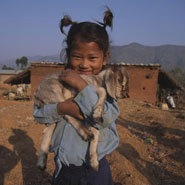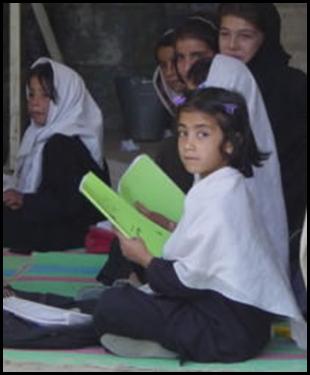Maximum Philanthropy: Encouraging Giving in Asia
During this season of giving, I return to my interest in ways to maximize and amplify the effects of charity. In past years I have recommended (and still recommend) micro-finance institutions such as Opportunity International and other bootstrapping programs, such as the Heifer Project. Both of these programs are extropic programs: they keep widening the effects of the initial gifts. In Heifer’s case they give breeding pairs of animals to the rural needy, which feed the hosts for more than a day. In high leverage aid you give or loan a little, which is multiplied and given to others in need, who in turn multiply it again and keep spreading it. Over time the gifts builds up (extropy) instead of diluting down (entropy).

Recently I have come to the conclusion that the highest leverage point in philanthropy right now is to cultivate a culture of giving in Asia. That is, to encourage tools which educate, reform, nurture, and expand philanthropy in Asian cultures as the best way to make a difference that keeps making a bigger difference. There is an ocean of wealth in Asia. The Wall Street Journal reported in November 4, 2007 that there are an estimated 500,000 millionaires in China. The Hurun Report estimates there are over 100 billionaires in China alone. Then there are the tens of thousands of millionaires and billionaires in India. In Asia there is a rapidly rising tide of newly-made money that will grow and flood this continent with vast riches, but the tools and expectation of creative sharing are scarce so far for historical reasons. This lack of tools and role models can change very quickly. Asia is near a tipping point for philanthropy.
A few millions spent now in seeding reform in current legal and tax regimes in Asia in order to encourage philanthropy would yield an extra billions later in new gifts. A few millions spent educating and equipping the newly wealthy and soon-to-be wealthy Asians, by elevating role models, developing appropriate persuasions to give, and making giving in Asia cool for the average citizen — all these would “pay off” a million fold in a decade or two. This type of meta-giving — giving to increase the degree of giving — is long term investing of a different type.

There are a many avenues for directly helping the needy in Asia. Funding books for migrant workers in China or educating girls in Afghanistan are high priority and very high yield programs that should be funded. These programs are not only better ways to fight terrorism at its roots, they are the ONLY way to fight terrorism and its ills. We should support them. (Our family does.)
But I believe that these needs would be better served in every way if they were funded from the growing wealth within Asia itself. Intra-Asian charity would be more culturally responsive, more adaptable, more appropriate, and in the end, more meaningful. And eventually there will be more money available in the East than in the West. However it is difficult for a outside individual in the West (you and me) to support the development of intra-Asian charity.
The chief mover in this arena is the Asia Pacific Philanthropy Consortium, which is an informal network of agencies and institutions, within and without Asia, with the common goal of increasing philanthropy in Asia. They publish reports, white papers, and proceedings of conferences dedicated to this large task. In one of APPC’s recent reports they note great progress tipping Asia toward giving:
In Shanghai, the largest city in China, the number of registered civilian organizations has increased from 2,636 in 1999 to 6,705 in 2004. The first foundation in China, Children and Teenager’s Fund, was created in 1981. Since then, about 1,000 foundations have been formed across the whole country. Among them, less than 100 are at the national level, and the rest are at provincial and local levels.
APPC is funded by large foundations, and as a consortium they are not raising small amounts from individuals. In the absence of a direct way to tip Asia toward philanthropy, the only alternative I can see right now for individuals is to set a master pattern of help by identifying and supporting the highest leverage gifting programs operating in Asia: health, education, and self-employment. Besides the ones mentioned above, a great clearing house for navigating one’s way in giving to Asia is Give2Asia. This very hip, bright, web-savy, and useful organization will help you develop your own intelligent, informed approach to helping in the vast needs of Asia.
Over time, these programs can be fully supported by the new wealth of Asia. In the meantime, if you work in foundational philanthropy, consider maximizing your power by incubating a culture of giving in Asia.


